

Uh oh...
It appears that you're using a severely outdated version of Safari on Windows. Many features won't work correctly, and functionality can't be guaranteed. Please try viewing this website in Edge, Mozilla, Chrome, or another modern browser. Sorry for any inconvenience this may have caused!
Read More about this safari issue.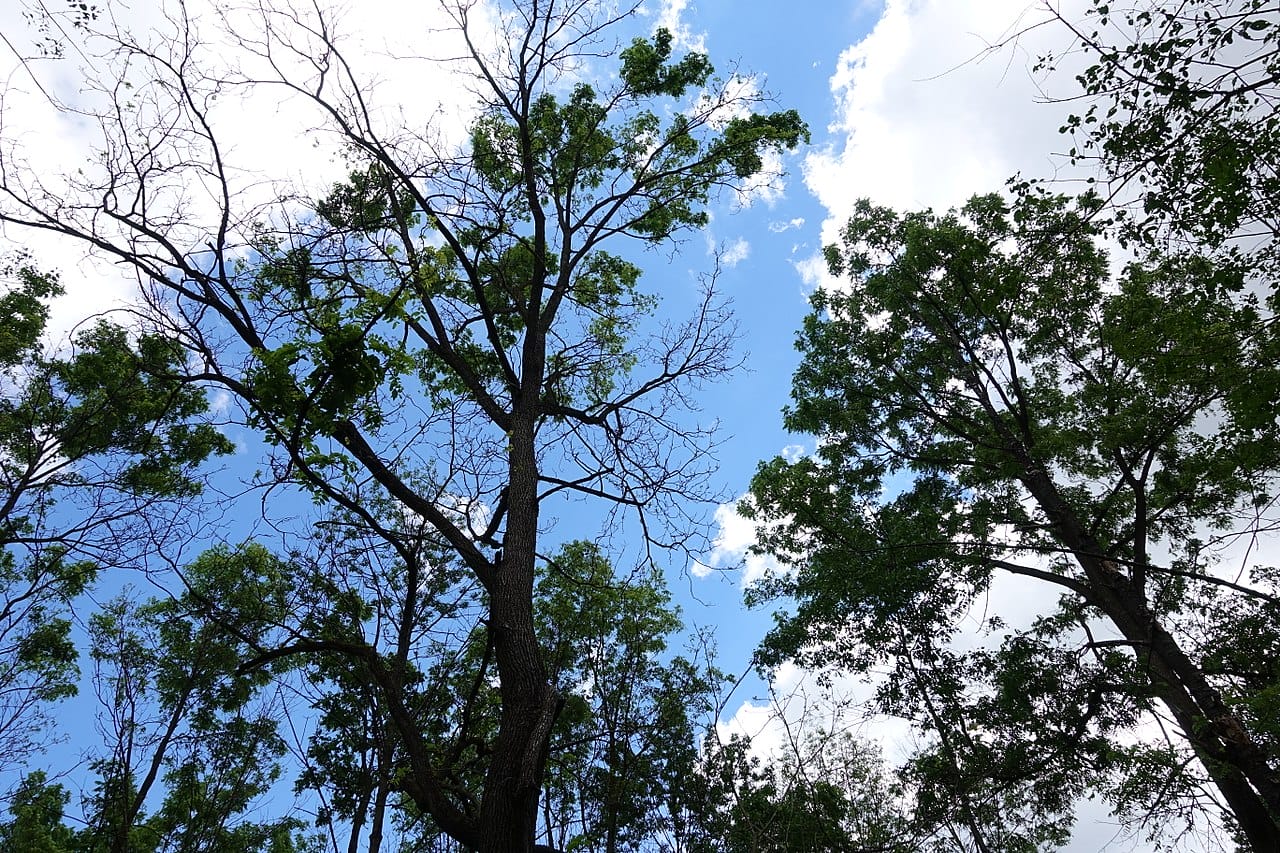

If you heat your home with wood, you likely source it from beyond your own property unless you live on wooded acreage. If you like to camp or hunt, then you’ve probably built a campfire or two. Whether you purchase wood or cut it yourself, you may have seen signs in and around the Natural state, especially in state parks and campgrounds, that caution, Don’t Move Firewood!

If you’ve wondered about the warnings, rest assured that no one is trying to monopolize the firewood market. Simply put, moving firewood is a common way of unwittingly spreading tree-killing insects and disease. Insects and disease can live in firewood that “looks” fine, so the rule of thumb is to use firewood from the closest possible source.
When the leaves are off the trees, you may not think much about them other than how they seem to signal winter settling in, but imagine if the leaves didn’t return or if the branches shriveled up and fell to the ground. Imagine if large sections of forest lands disappeared or if the tree that’s been in your grandparents’ yard since you can remember was suddenly just gone. Maybe it sounds drastic and unlikely, but the possibility is real. Disease, insects, pests and development all threaten our trees. Arkansas is home to 185 species of trees, and about 20 of those are at risk. One of the most recent concerns is for the Ash tree because of an invasive insect from Asia known as the Emerald Ash Borer (EAB).
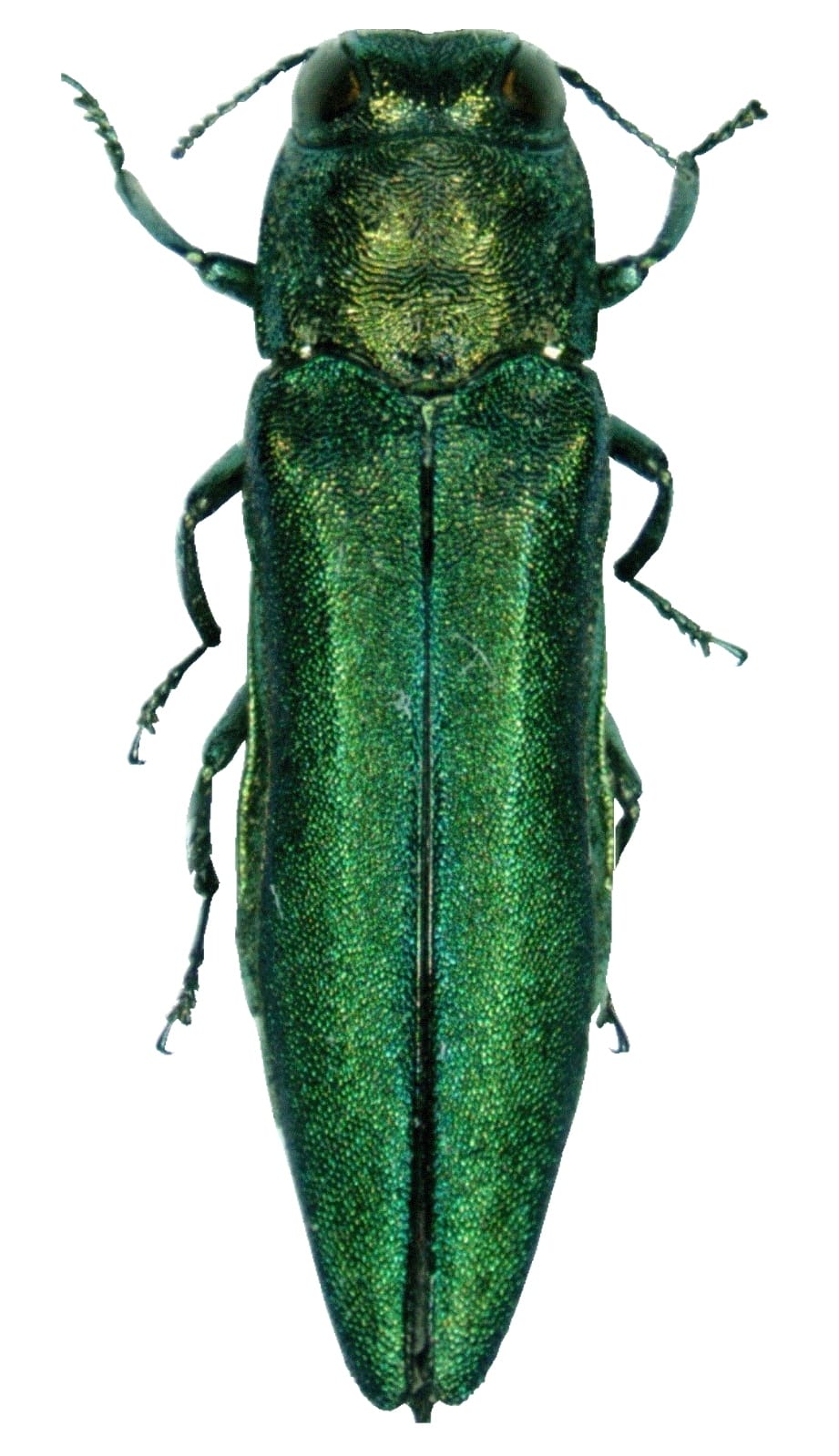
Photo Courtesy of Pennsylvania Department of Conservation and Natural Resources
The Emerald Ash Borer
This metallic green beetle is quite beautiful with its emerald wings and jeweled iridescent body. First discovered in the US in 2002 just outside of Detroit, Michigan, experts believe the beetle came to the U.S. by way of wooden pallets and shipping crates that came from Asia.
In the 15 years since, the Emerald Ash Borer has killed more than 30 million trees in southeastern Michigan alone. And it has infected more than 90% of ash trees statewide. The EAB has been discovered in 35 other states and Poplar Bluff, MO in 2008. In 2014, the beetle was discovered in six southwest Arkansas counties. Expected to kill every tree it infests, the pest seems to prefer green, black, and white ash although every ash tree is susceptible.

Adult beetles emerge from the trees in late spring and feed for one week before mating. While the adult leaf-feeding process causes little damage to the tree, the larvae cause irreversible damage. After mating, the females lay between 40 and 100 eggs which they deposit into bark crevices or cracks. Two weeks later, the eggs hatch and the larvae chew through the bark to the inner phloem, cambium, and outer xylem of the trees. They eat away large serpentine galleries before digging out a chamber in the fall where they will mature into pupae. In the spring, the matured adults then bore D-shaped holes and emerge from the bark to repeat the cycle. Once infested, the tree will die within ten years.
Arkansas EAB Quarantine
The discovery of Emerald Ash Borer in southwest Arkansas prompted the Arkansas Agricultural Department’s State Plant Board (ASPB) to enforce a quarantine in the initial areas of concern in hopes of containing the spread of the beetle. In early 2018, the beetle was discovered in several areas outside of the original quarantine zone, including counties in central Arkansas and several in northern Arkansas. On March 27, 2018, the ASPB issued a statewide quarantine that regulates the movement of Ash and other wood items.
According to the terms of the quarantine, regulated articles can be moved within the state but cannot be moved out of Arkansas without complying with the federal EAB regulations. Quarantined items include all hardwood species of firewood as well as Ash nursery stock, green lumber with bark attached, and other material living, dead, cut or fallen including logs, pulpwood, stumps, roots, branches, mulch, and composted or un-composted chips (one-inch or greater).
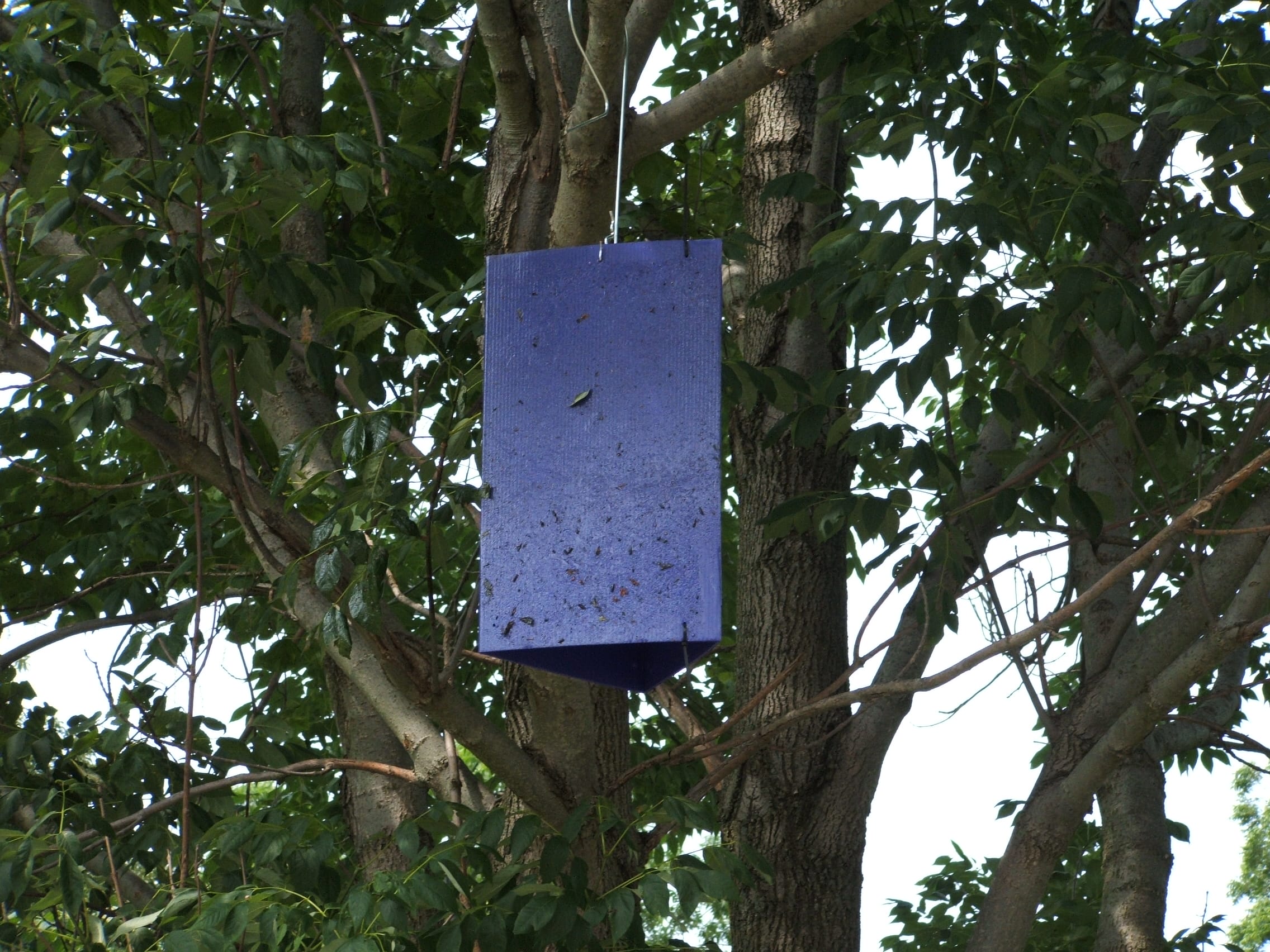
Monitoring the Spread of the EAB
Several agencies around the state are working to monitor the spread of the beetle through the EAB trapping program. It was one of these traps that first alerted me to the concerns surrounding the Emerald Ash Borer. The term “trap” is somewhat misleading, though, because these large, purple, triangular boxes hanging in ash trees around the state play no part in eradicating the EAB; they are merely collection devices. The boxes contain sticky paper which catches insects in the area allowing researchers to collect the traps and catalog the captured insects. The goal is NOT to find EAB.
The aggressive infestation of the beetle means that once discovered; there’s not much that can be done to save the trees because the damage occurs so quickly. While 10 years may not sound very quick, ash trees need at least that amount of time to produce seedlings, so the life cycle is halted before the trees can reproduce. According to the ASPB, many state departments of agriculture, including Arkansas, are releasing biological control agents (parasitoids) to help control the infestation of the Emerald Ash Borer.
How Does the EAB Affect You?
The potential impact of losing ash trees is much more significant than the loss of a single tree in your grandparents’ yard. Many products are made from ash trees so that loss would impact trade markets. The loss of shade provided by the trees would cause an increase in energy costs, and communities across the US would need to raise taxes to help fund the cost of control agents or pay for cleanup and removal of dead trees when preventive measures are unsuccessful. The loss would also create an immediate impact on wildlife and noninvasive insects that live in and among the ash trees.
Most of us have seen a tree brought down by wind or ice. To see the trunk and large branches strewed on the ground is disheartening, but storm damage to trees is unpreventable. Damage from insects and pests, however, can be limited, if not stopped altogether, and Arkansans need to take the problem seriously.
How You Can Prevent the Spread of the EAB
Knowledge is key. Dr. Tamara Walkingstick, University of Arkansas Division of Agriculture Extension Forester, has devoted 22 years to educating Arkansans about threats to our trees, including the invasion of the Emerald Ash Borer. “Most of Michigan’s ash trees are dead, and odds are the same will happen here. Can we stop [the Emerald Ash Borer]? I don’t know. Can we slow it? Maybe. We have to continue to educate the public.”
Dr. Walkingstick recommends that anyone who owns land or has trees on their property do the following:
- Learn to recognize the ash tree and identify where to find them
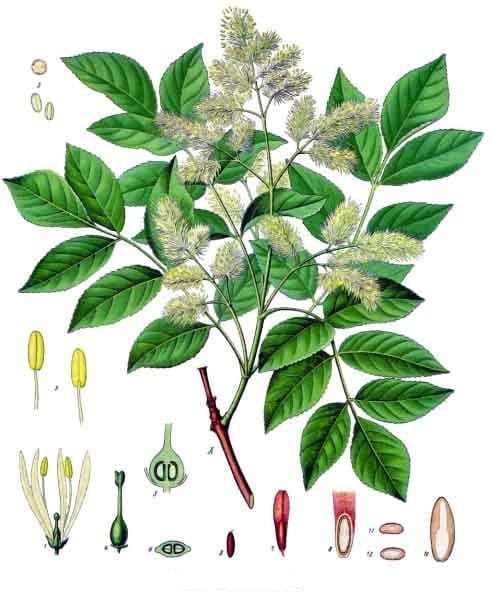
Ash Tree Identifiers, Public Domain
- Learn to recognize the signs of the Emerald Ash Borer as it is unlikely you will see a beetle

- Report any signs or symptoms of infestation immediately to the ASPB or your County Extension Office
Phone: (501) 225-1598
Email: info@agriculture.arkansas.gov
Website: https://www.agriculture.arkansas.gov/arkansas-state-plant-board
- If EAB is discovered in your area, you can pre-treat other trees you hope to save.
How to Treat for EAB the Using Soil Drench Method
- And, finally, Don’t move firewood!
Don’t Move Firewood
Dr. Walkingstick reiterated several times that not moving firewood is the easiest and most beneficial thing Arkansans can do to prevent the spread of the EAB and other harmful pests and diseases. But it takes understanding and appreciating its importance.
Here are some common misconceptions about firewood:
Your firewood looks fine, and you have a ton of it, so, surely it’s okay to throw some in the back of the truck for your next camping trip. It’s not. Even firewood that doesn’t have visible bugs, holes, or fungus can be home to harmful insects and disease. Some insect eggs may be no bigger than a pinhead, and many fungus spores are microscopic. You cannot always see the dangers hidden in firewood. Threats to trees exist that haven’t been identified yet. So any time you move firewood, you run the risk of transferring potentially dangerous things to other trees.
Even though the man who lives an hour and a half away has all the wood you will need to heat your home if you just come to haul it away, you could be doing much more harm than good. Granted, it may only cost you gas and labor, and it’s admittedly hard to pass up a free deal, but the consequences could be catastrophic. It is always best to source firewood locally. As a general rule, “local” is within 10 miles of your home and definitely within your own county. Never travel more than 50 miles to pick up or deliver firewood as you risk spreading this pestilence.
Even “kiln-dried” firewood is not safe to move unless marked with a USDA APHIS heat-treatment seal or a state-based (such as a State Department of Agriculture) heat treatment seal. Packaged wood with these seals is generally considered safe to move. The rule of thumb is still Don’t Move Firewood!
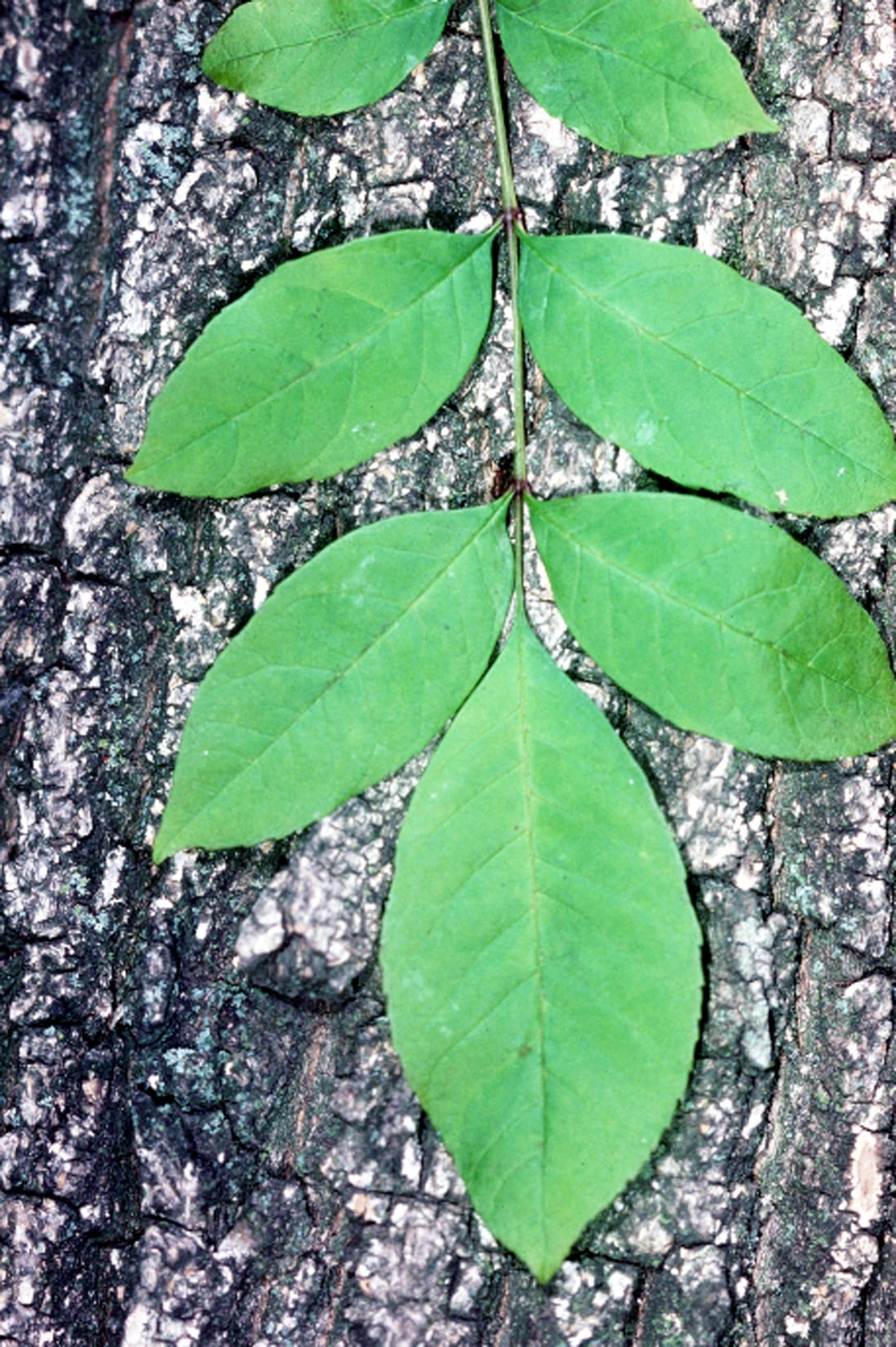
Protect Arkansas’s Trees
All Arkansans should be aware of the potential magnitude of destruction the Emerald Ash Borer can cause. Sadly, the threat to our trees does not start and stop with the EAB. A variety of insects and disease threaten nearly 20 different trees in Arkansas. The southern pine beetle is a significant concern the forestry service has been monitoring for more than 30 years. Another concern is the spread of fire ants, and southern Arkansas remains under quarantine to prevent their spread to northern counties. These destroyers, too, can be slowed by simply not moving firewood.
Additional Resources
Awareness is critical, and several state and national agencies have assembled resources to help consumers understand various tree pests and diseases and the implications of moving firewood. Check out these resources from the University of Arkansas Cooperative Extension Service:
Emerald Ash Borer in Arkansas
Find out more about the emerald ash borer
Learn how to identify the emerald ash borer
Learn about bugs that might be mistaken for emerald ash borer
Find out who spreads the emerald ash borer
Read more about the impact emerald ash borer will have on you
Learn to recognize an emerald ash borer infestation
Find out how close the emerald ash borer is to you
Header image courtesy of Michael Hunter, CC by 4.0.
Join the Conversation
Leave a Comment
2 responses to “Don’t Move Firewood! Protect Trees from the EAB”
 Leave a Reply
Leave a Reply
We do the work.
You check your email.
Sign up for our weekly e-news.
Get stories sent straight to your inbox!






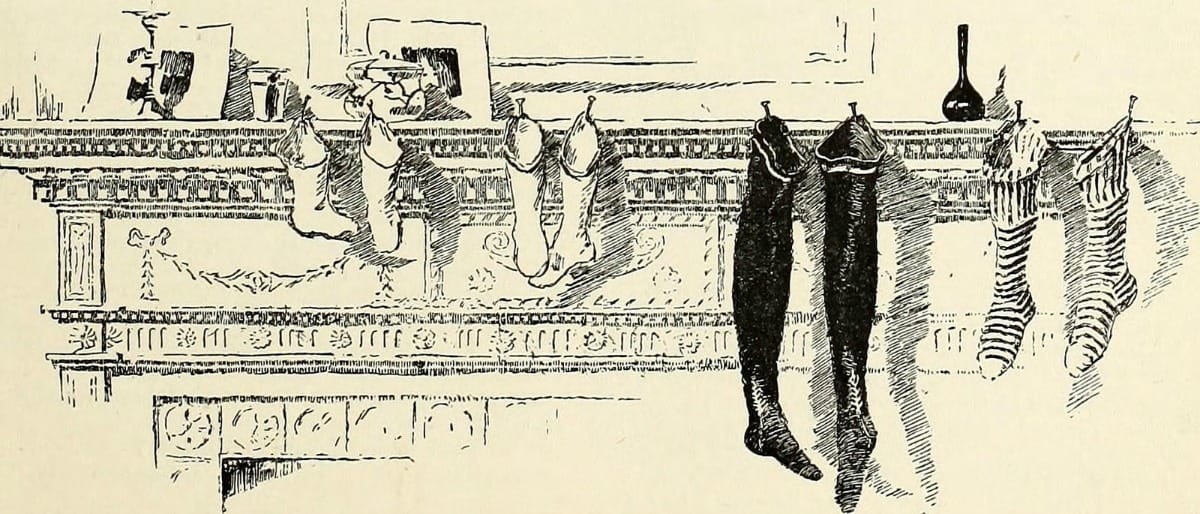

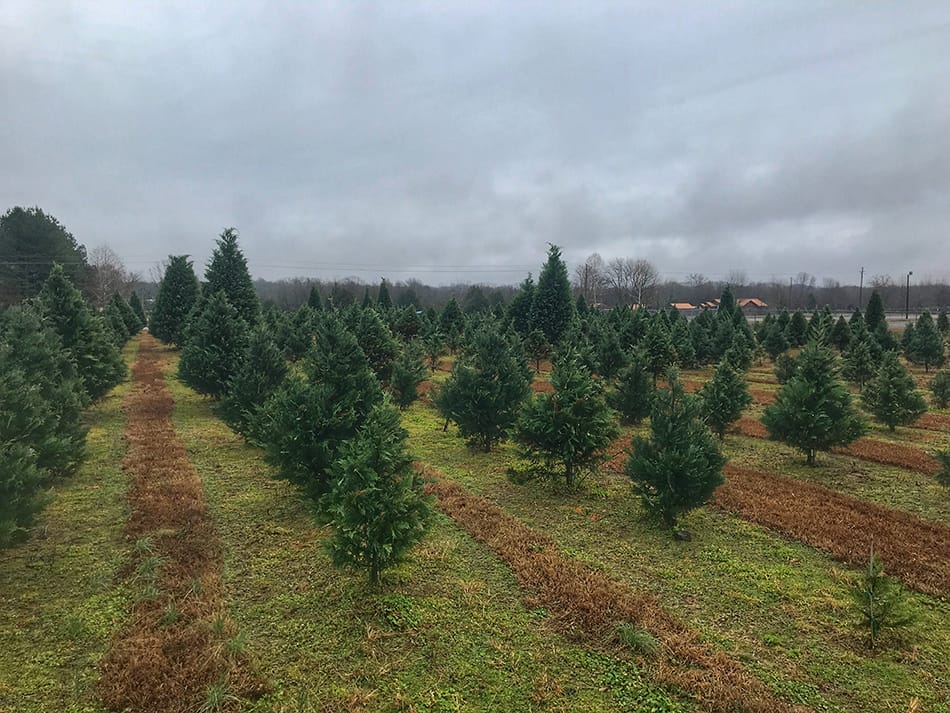

 Leave a Reply
Leave a Reply
[…] Don’t Move Firewood […]
[…] Don’t move firewood. The emerald ash borer, fire ants and several other invasive insects are a genuine concern in Arkansas. Moving firewood can spread pests and diseases and may be illegal. […]